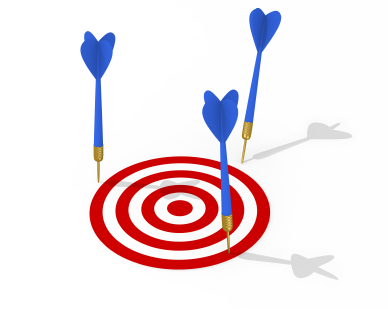In W. James Popham's
Transformative Assessment, he outlines his four levels of formative assessment; today I want to focus on level two, which "deals with students' use of formative assessment evidence to adjust their own learning tactics." Although teacher do play an important role as a facilitator in level two, the students are the ones who make the decisions through gathering evidence, evaluating performance indicators, and modifying any learning tactics that should be changed.
In order to unpack this chapter a bit, let's start with the term
learning tactic. A learning tactic is defined as "the way a student is trying to learn something" (71). For example, many of my students struggle with studying for their anatomy class. When I have asked what they do to study, they answer with learning tactics: re-reading, trying to answer the questions in the back, looking over the bold faced words, reviewing lecture notes and handouts, etc.
Based on evidence gathered through assessment feedback, students should be able to determine how well or poorly they did at approaching the target. From this point, each student needs to evaluate his/her learning tactics to see how effective they are at helping him/her approach the learning target for the curricular aim. For example, I just gave my students an in-class essay test on the first act of Macbeth. They were given the prompts well ahead of time, so they knew how they would be assessed. I even showed them exactly how points would be given by using a few example sentences I wrote. Students were allowed to take notes, and I suggested several learning tactic suggestions that I have found to be successful for other students (ie: asking yourself the prompt and brainstorming to see how many facts you can come up with, re-reading the prompts after every scene to see what info you can add to your notes that would be useful for the test, etc). However, though I tried to offer several learning tactics, it is evident from some of the grades that at least a few students decided to go about it their own way. I talked to one student a few minutes after she turned in her failing exam. I asked her what she did to prepare for the test; she said that she had decided to just "write stuff" and see how it went. This is, obviously, an inefficient learning tactic. My next step is to have her and the rest of my students evaluate their performance, reflect of learning tactics used, and explain whether they should or should not adjust their learning tactics for their next essay test, which should take place next week. I use the word "should" because, as Popham reminds, "it should remain each student's individual choice as to whether to modify or stick with current learning tactics" (83).
Popham cautions against using grades for formative assessment, and though I understand his reasoning, from the example above, it is clear that I have not taken his advice. I am not yet sure how to reconcile this with my need to assign points and a grade that can be placed in a gradebook for parents and students to monitor.




